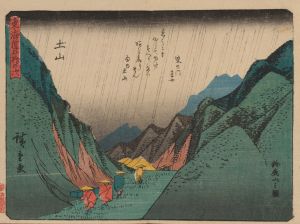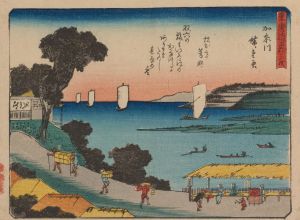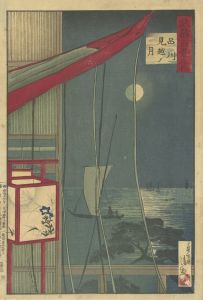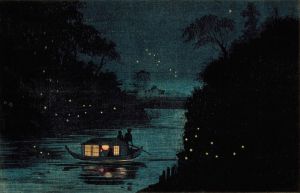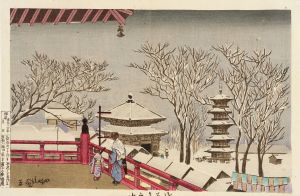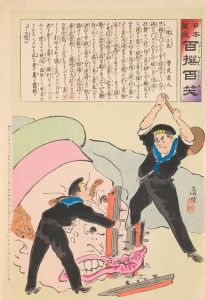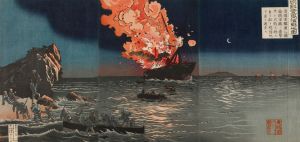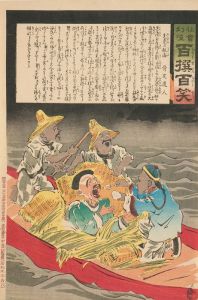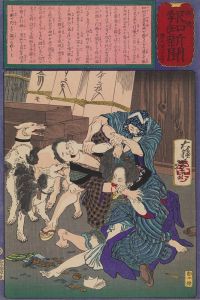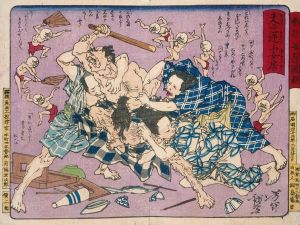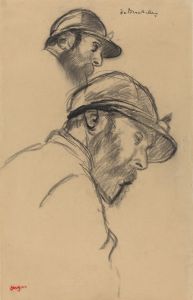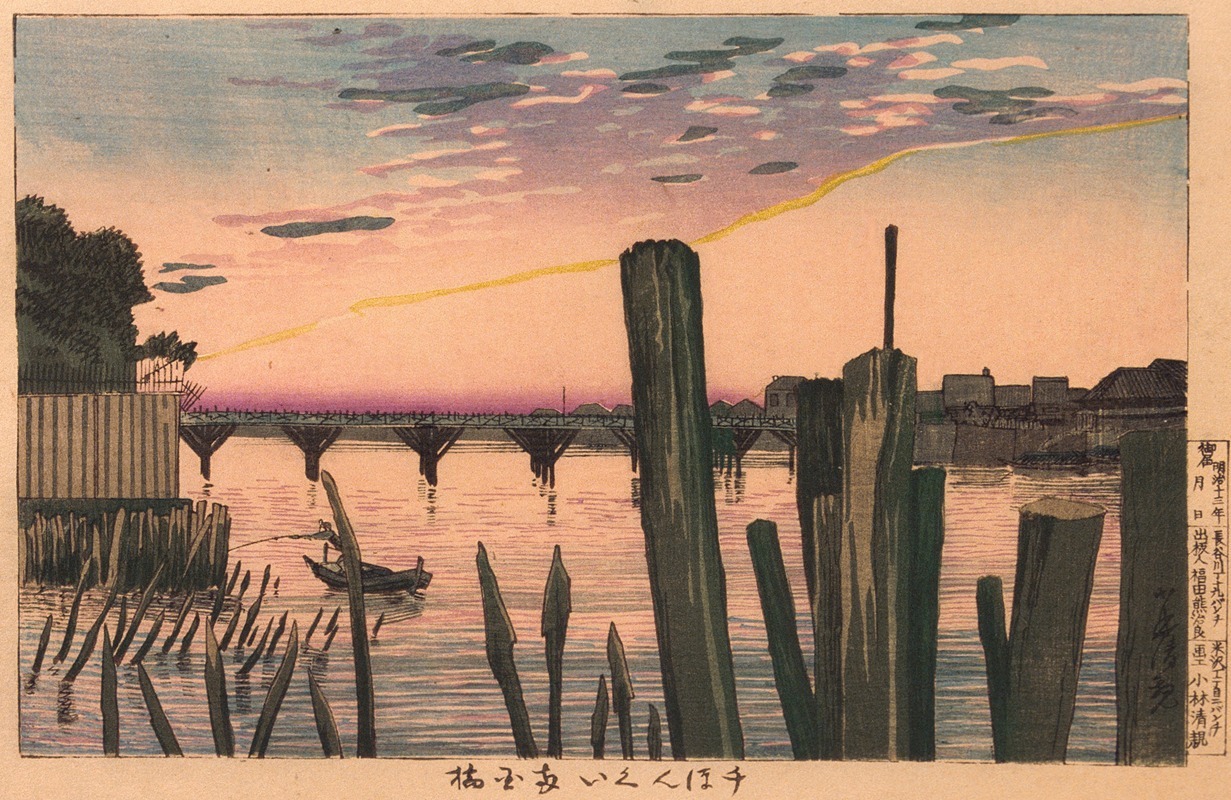
Breakwater Stakes and Ryōgoku Bridge
A hand-painted replica of Kobayashi Kiyochika’s masterpiece Breakwater Stakes and Ryōgoku Bridge, meticulously crafted by professional artists to capture the true essence of the original. Each piece is created with museum-quality canvas and rare mineral pigments, carefully painted by experienced artists with delicate brushstrokes and rich, layered colors to perfectly recreate the texture of the original artwork. Unlike machine-printed reproductions, this hand-painted version brings the painting to life, infused with the artist’s emotions and skill in every stroke. Whether for personal collection or home decoration, it instantly elevates the artistic atmosphere of any space.
Kobayashi Kiyochika (1847–1915) was a prominent Japanese artist known for his ukiyo-e woodblock prints and paintings, particularly those that depicted the rapid modernization of Japan during the Meiji period (1868–1912). His works often combined traditional Japanese artistic techniques with Western influences, reflecting the cultural and technological transformations of the era.
One of Kiyochika's notable works is Breakwater Stakes and Ryōgoku Bridge (Tsunohazu Ryōgokubashi), which is part of his series of prints capturing scenes of Tokyo. This artwork exemplifies Kiyochika's ability to depict urban landscapes with a focus on light, shadow, and atmosphere, a style influenced by Western art movements such as Impressionism. The print portrays the Ryōgoku Bridge, a historically significant structure in Tokyo, and nearby breakwater stakes, which were used to manage water flow and protect against flooding.
The Ryōgoku Bridge, originally constructed in 1659 during the Edo period, spans the Sumida River and has long been an iconic landmark in Tokyo. By the time Kiyochika created this artwork, the bridge had become a symbol of the city's modernization and a hub of activity, connecting different parts of the growing metropolis. The breakwater stakes in the foreground suggest the ongoing efforts to manage the urban environment and adapt to the challenges posed by modernization.
Kiyochika's use of light and shadow in this piece is particularly striking. He often employed a technique known as kōsen-ga (pictures of light rays), which emphasized the interplay of natural and artificial light. This approach is evident in Breakwater Stakes and Ryōgoku Bridge, where the atmospheric effects create a sense of depth and mood, capturing the essence of Tokyo's transformation during the Meiji period.
This artwork is part of Kiyochika's broader body of work that documents the changing landscapes of Japan as it embraced industrialization and Westernization. His prints serve as both artistic achievements and historical records, offering a glimpse into the cultural and technological shifts of late 19th-century Japan. Today, Kiyochika's works, including Breakwater Stakes and Ryōgoku Bridge, are celebrated for their unique blend of traditional Japanese aesthetics and modern influences, as well as their ability to convey the complexities of a rapidly changing society.





